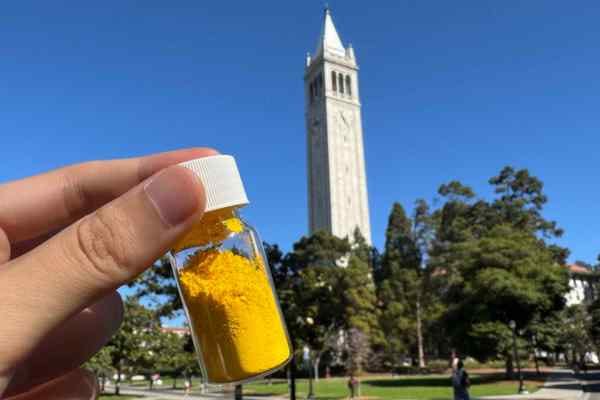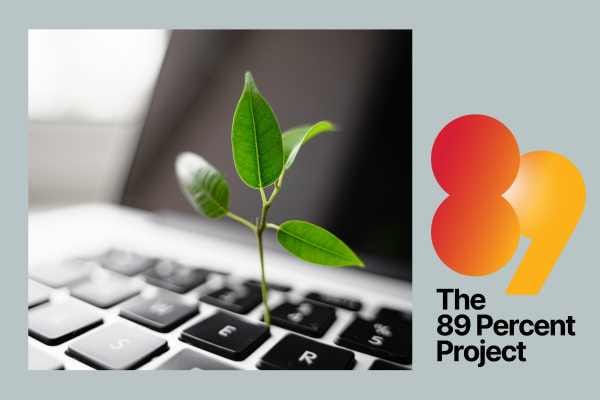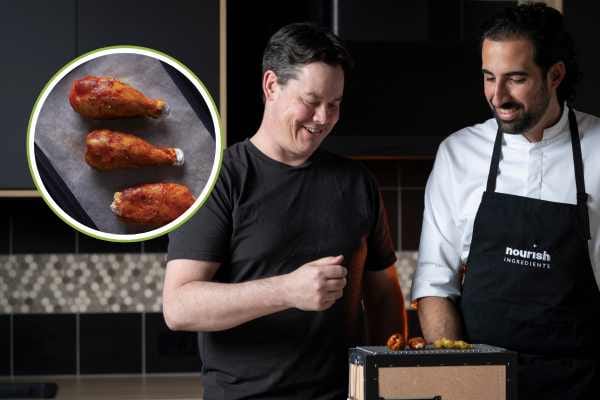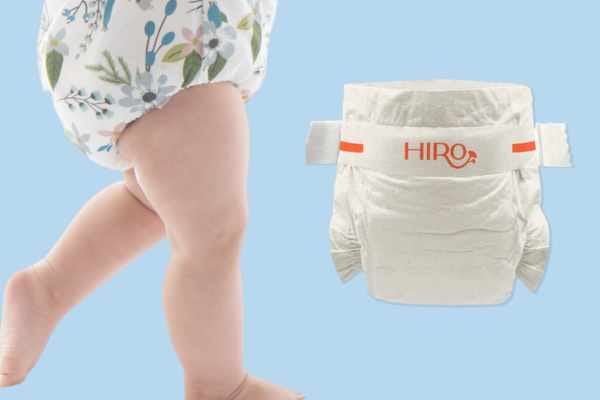Is yellow the new green?
Researchers say this small vial of powder can capture as much CO2 as a large tree.

Carbon capture works best on concentrated sources of CO2, like power plant exhaust. Sucking CO2 out of the air is way more challenging.
Researchers at UC Berkeley, however, have developed a new material which they say will provide cheaper direct air capture (DAC).
The new material, COF-999, is a covalent organic framework (see tech box) and comes in the form of a yellow powder. It's highly porous and just 200 grams of it can capture as much CO2 from the air as a tree – 20 kilograms annually.
COF-999 can also be reused thousands of times without degrading, according to its creators, making it durable and, importantly, cost-effective.
ETH Zurich researchers recently estimated that using today's tech, removing CO2 from the air will cost between US$230 and $540 per ton in the year 2050 – twice as high as previous estimates. Finding new ways to reduce the cost of DAC technologies, they concluded, was crucial.
The UC Berkeley researchers hope their breakthrough could help reduce DAC costs to the industry target of US$100 per ton, down from today’s cost of $600 to $1,000 per ton.
"There’s nothing like it out there in terms of performance. It breaks new ground in our efforts to address the climate problem"
This innovation comes at a critical time. With atmospheric CO2 levels now exceeding 420 parts per million and rising, scientists warn that large-scale removal of CO2 is essential to reduce greenhouse gas levels to pre-industrial levels.
Professor Omar Yaghi, who led the study and authored a paper published recently in Nature, described initial testing of the powder as a breakthrough.
“We took a powder of this material, put it in a tube, and we passed Berkeley air – just outdoor air – into the material to see how it would perform, and it was beautiful," he said.
“It cleaned the air entirely of CO2. Everything. I am excited about it because there’s nothing like it out there in terms of performance. It breaks new ground in our efforts to address the climate problem.”
UC Berkeley graduate student Zihui Zhou says that DAC is the only option for achieving such reductions. “Flue gas capture is a way to slow down climate change because you are trying not to release CO2 to the air.
“Direct air capture is a method to take us back to like it was 100 or more years ago.”
COF-999 is an advanced porous material with channels lined with amines that naturally attract and trap CO2 molecules. Unlike traditional carbon capture methods, which often use water-based amine solutions, COF-999 offers a more efficient and sustainable alternative. Conventional approaches can be energy-intensive and costly because they require heating large amounts of water to release captured CO2.





